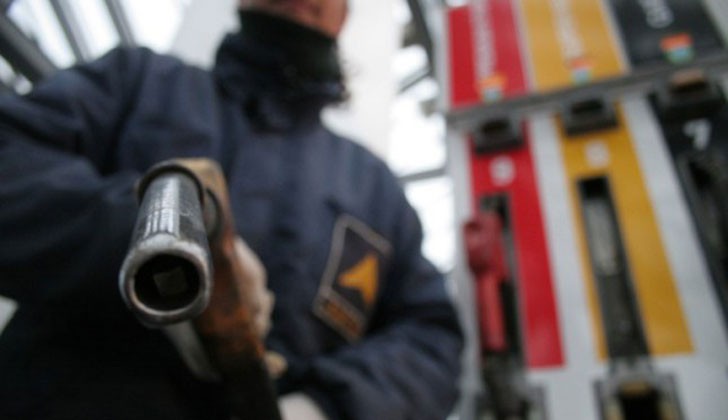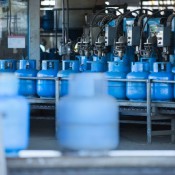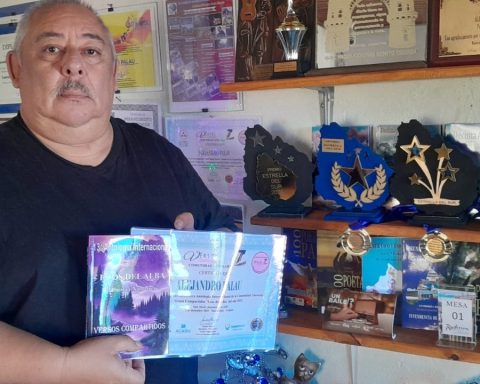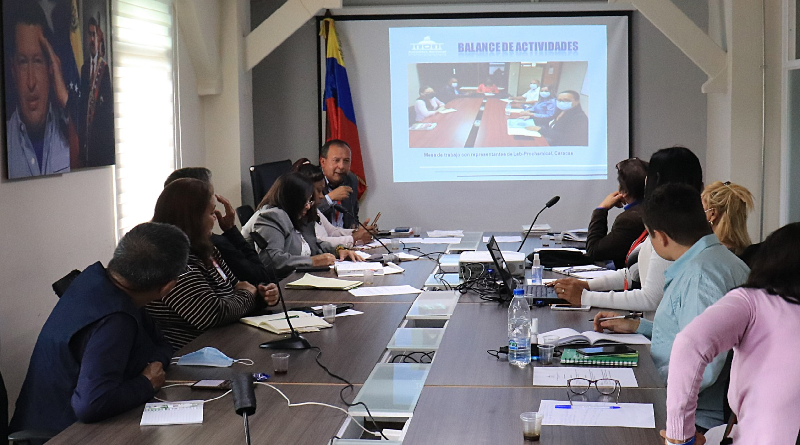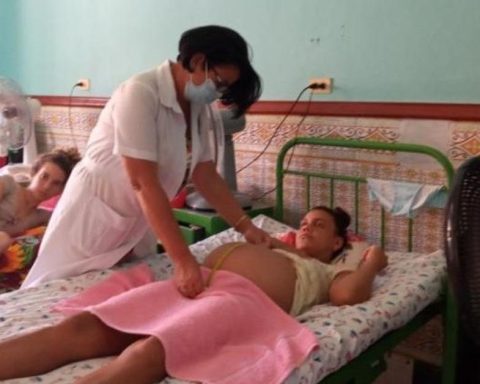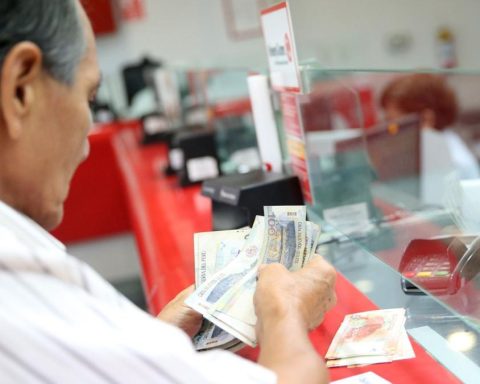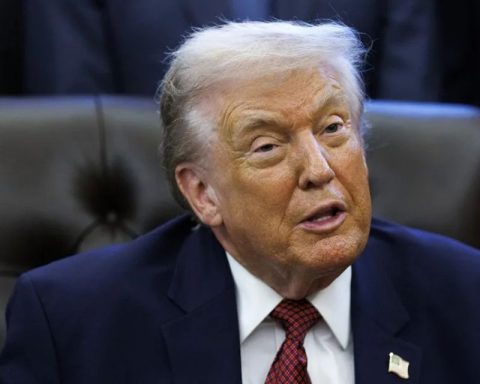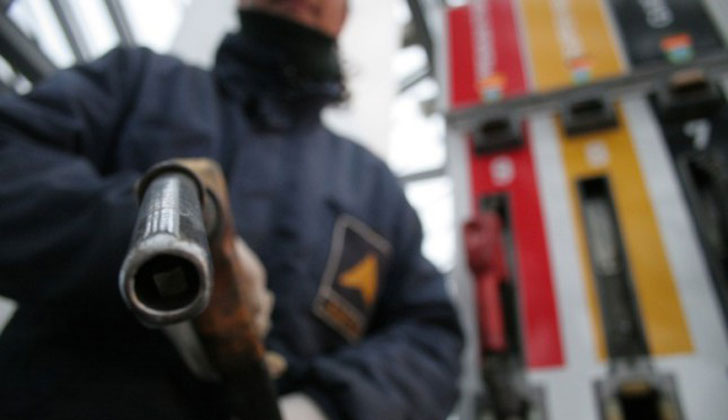
In Uruguay, the price of oil derivatives, such as naphtha (gasoline), the gasoil (diesel) and the supergas (the one used for cooking, for example) is defined by the state company ANCAPwhich is also a monopoly on import issues.
Despite its monopoly positionthe company currently raises or lowers fuel prices based on a system called “Import Parity Price” (PPI)which is an exercise that simulates what the average price would be if there were a free market in the country and private companies imported oil apart from ANCAP.
The President of Uruguay, Luis Lacalle Pou, has made an unusual decision regarding fuel prices in the country. Despite the rise in the international price of oil and the recommendation of the Regulatory Unit for Energy and Water Services (URSEA), the president has decided to maintain the current price of gasoline and diesel.
The government’s current policy is to reflect the evolution of prices in the international market, but at the same time, to try to mitigate the increases whenever possible and transfer the decreases directly to the consumer and the productive sector.
Every month, the increase or not in the price of fuels is a hot topic of discussion between the government and the opposition in Uruguay. The URSEA recently published the Import Parity Prices corresponding to January 2023 on its website, forecasting a 7.3% increase in the PPI for gasoline and 6.3% for diesel for February.
Will fuel prices rise in Uruguay in February?
Despite this projection, the president has made the decision not to transfer the increase to retail prices. Instead, they have decided to keep the same values as in January, even after the reduction applied in the price of gasoline and diesel.
The President of the Republic, Luis Lacalle Pou, has commented on the fuel price for February and has indicated that they are considering whether Ancap, its financing, is able to bear not making an increase despite the Ursea recommendation. There is still no definition in this regard, but it is the path that the government is trying to follow.
